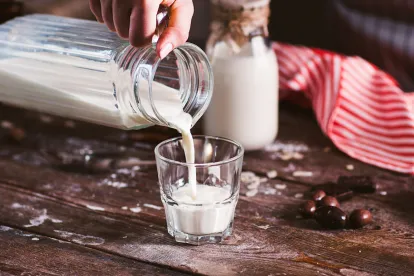-
On April 5, the USDA’s Agricultural Marketing Service (AMS) amended the Origin of Livestock (OOL) requirements for dairy animals under the USDA organic regulations. AMS amended the requirements to increase uniformity in OOL production practice for organic dairy animals, and reduce variance between the approaches taken by certifying agents.
-
The final rule governs how dairy producers can transition animals into organic production. The rule has two key provisions:
-
(1) It allows a dairy livestock operation transitioning to organic, or starting a new organic operation, to transition non-organic animals only once; and
-
(2) It prohibits organic dairies from sourcing transitioned animals. Once a dairy is certified organic, the animals must be under continuous organic management from the last third of gestation onward, except for newly certified organic livestock operations.
-
-
Critics of the prior rule argued it allowed producers to continuously integrate conventionally raised cows into organic operations and lacked clarity. In a press release, Agriculture Secretary Tom Vilsack stated “The Origin of Livestock final rule provides clear and uniform standards about how and when livestock may be transitioned to organic dairy production, and how transitioned animals are managed within the organic dairy system. Now, all organic dairy livestock producers will have the confidence and certainty they are operating in a fair and competitive market.”
-
The rule is effective June 6, 2022. Certified organic operations must comply with the final rule by April 5, 2023.
USDA Amends Organic Origin of Livestock Requirements
Wednesday, April 6, 2022
Current Public Notices
Published: 11 August, 2025
Published: 11 August, 2025
Published: 8 August, 2025
Published: 8 August, 2025
Published: 30 July, 2025
Published: 29 July, 2025
Published: 28 July, 2025
Published: 23 July, 2025
Published: 21 July, 2025
Published: 18 July, 2025
Published: 10 July, 2025
Published: 26 June, 2025



 />i
/>i

